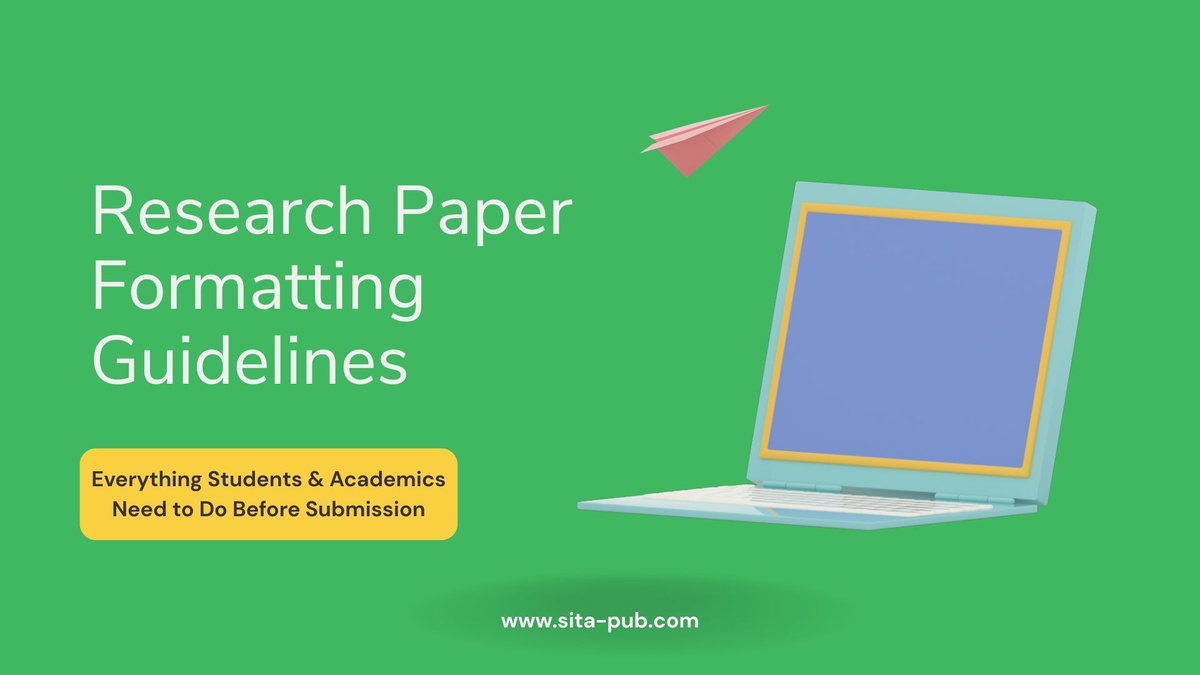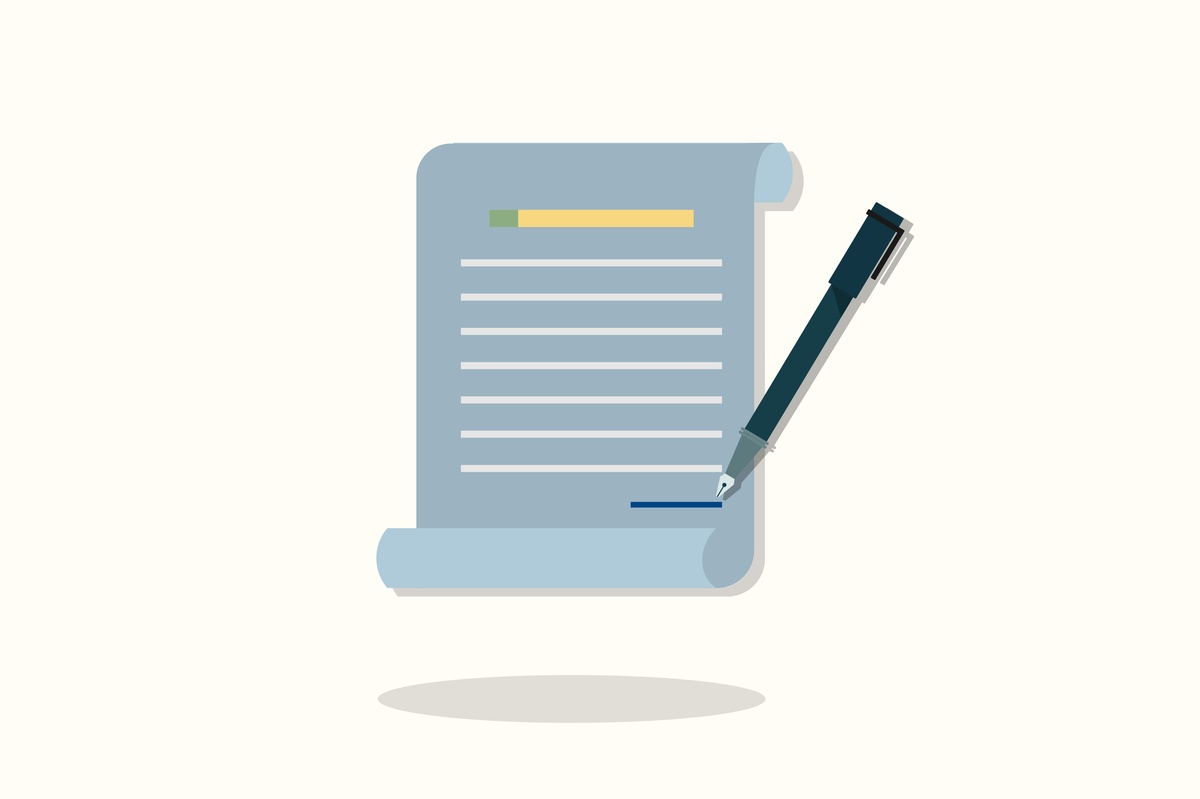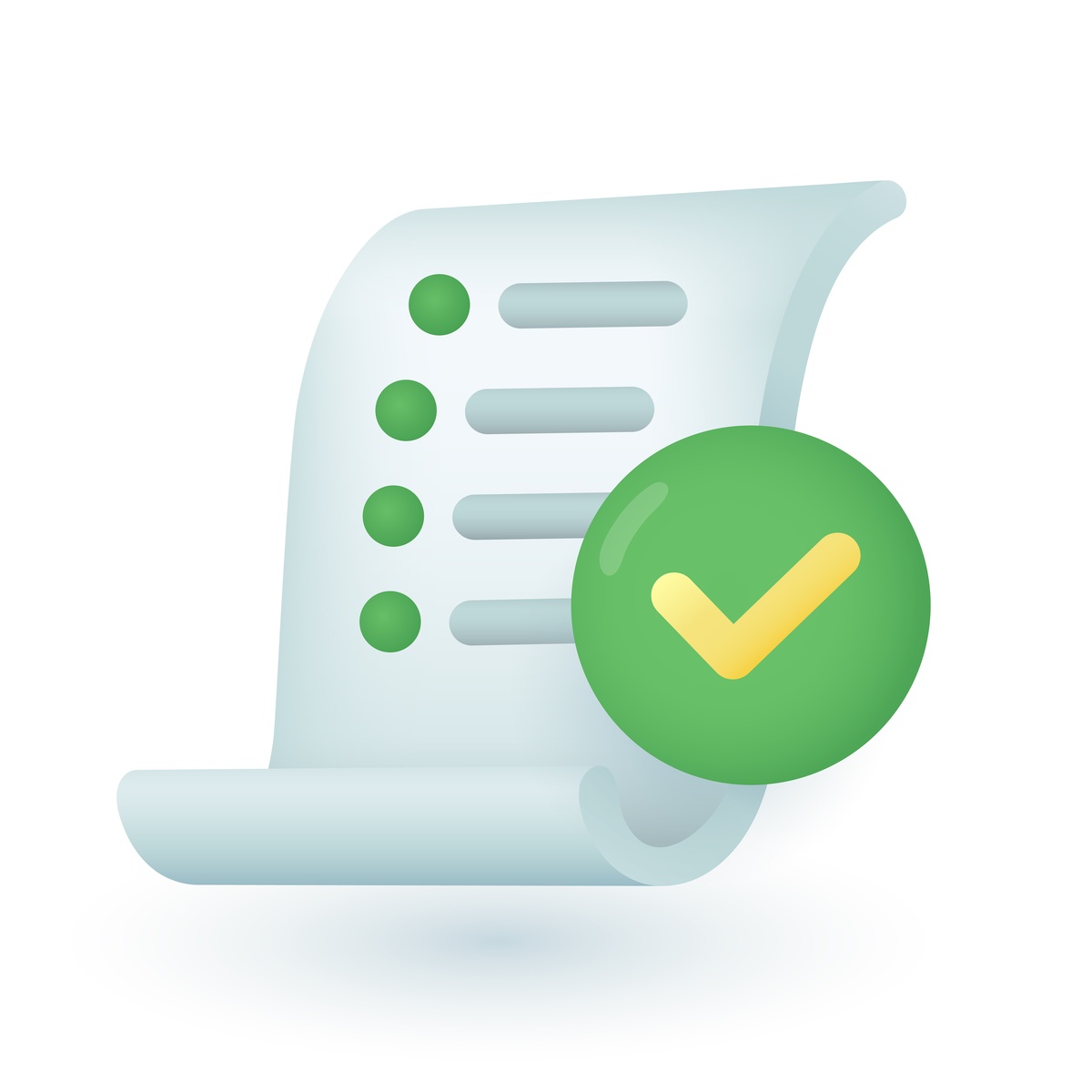Research Paper Formatting Guidelines | Everything Students & Academics Need to Do Before Submission


After completing your research paper and identifying the right journal for submission, the next step is crucial: formatting your manuscript according to the journal’s official guidelines.
This stage is more than just design or layout — it's about meeting the technical and editorial standards of the journal. Submitting a paper that does not follow the journal's formatting rules can lead to delays, rejection, or requests for revision.
Let’s now explore how formatting works and why it matters.
Every academic journal has a set of formatting guidelines — also called “Instructions for Authors” or “Author Guidelines.” These are the technical rules and standards that researchers must follow before submitting their manuscript.
These include:
Font size and type
Page layout (margins, spacing)
Citation and referencing style (APA, MLA, Vancouver, etc.)
Figure and table formatting
Abstract and keyword length
File format (Word, LaTeX, PDF)
Section structure (Introduction, Methods, Results, etc.)
The goal is to ensure that all submissions are consistent, readable, and professional.
Almost every reputable journal has a section for authors that explains how to prepare and format a paper. Here’s how to find them:

Look for a section titled:
“Instructions for Authors”
“Author Guidelines”
“Submission Guidelines”
If your journal is indexed in:
Scopus → Visit www.scopus.com, search the journal, and follow the publisher’s website link.
PubMed → Visit www.ncbi.nlm.nih.gov/pubmed and search for the journal name.
Web of Science → Use the journal’s profile to find publisher details.
If you're unsure where to find the correct guidelines, an academic support team (like SITA Academy) can locate the latest official instructions for you.
There are several important reasons:
Many journals automatically reject papers that do not meet their formatting standards, regardless of content quality.
Formatting errors lead to revisions and delays, sometimes for several weeks. Proper formatting speeds up the review and acceptance process.
A well-formatted paper builds your credibility as a researcher and shows that you respect the journal’s standards.
Yes — many academic support centers and research service providers offer formatting services. One of them is SITA Academy.
These services can help you by:
Reviewing the target journal’s formatting guidelines
Formatting your manuscript in Microsoft Word
Ensuring proper citation and reference styles
Checking compliance with font, layout, spacing, and headings
Adding or adjusting tables, figures, captions, and references

This is especially helpful for:
Busy researchers
Postgraduate students
Non-native English speakers
Scholars submitting to foreign or international journals
The cost of professional formatting depends on several key factors, including:
The target journal’s specific formatting guidelines, such as section structure, abstract length, font type, and layout
The required citation and referencing style (e.g., APA, MLA, Vancouver)
The number of references used in the manuscript
Avoid these frequent issues that delay or prevent acceptance:
Incorrect reference style (e.g., APA instead of Vancouver)
Incomplete or missing figure/table captions
Submitting in the wrong file format
Ignoring section word limits
Missing ethical approval or author contribution notes

Tip: Keep a checklist of formatting requirements to cross-verify before submission.
Do-it-yourself formatting: 2–5 days depending on your experience
Professional formatting: Typically 1–3 business days
Allow sufficient time before submission deadlines to avoid stress and rushed work.
Not at all! Even journals from the same publisher (like Elsevier or Springer) may follow different:
Section headings and structure
Reference styles
Figure/table placements
Ethical statements and file upload formats
Always double-check the unique guidelines of each journal.
Don’t forget these documents when submitting:
Cover letter
Ethics statement
Conflict of interest disclosure
Author contributions
Supplementary files (if required)
Graphical abstract (in some journals)

Missing even one of these can delay your paper’s review.
Formatting may seem like a small step, but it has a big impact on how your paper is received by journal editors. Submitting a properly formatted manuscript shows professionalism, improves your chances of acceptance, and saves valuable time.
If you need help formatting your manuscript, you can:
Visit our bilingual website: www.sita-pub.com
Message us on WhatsApp
We’re happy to assist researchers from Arabic-speaking countries and beyond — in Arabic, English, and other languages.
If you have any questions, inquiries, or would like to learn more about our services, please don't hesitate to reach out to us. Our dedicated team is ready to assist you.